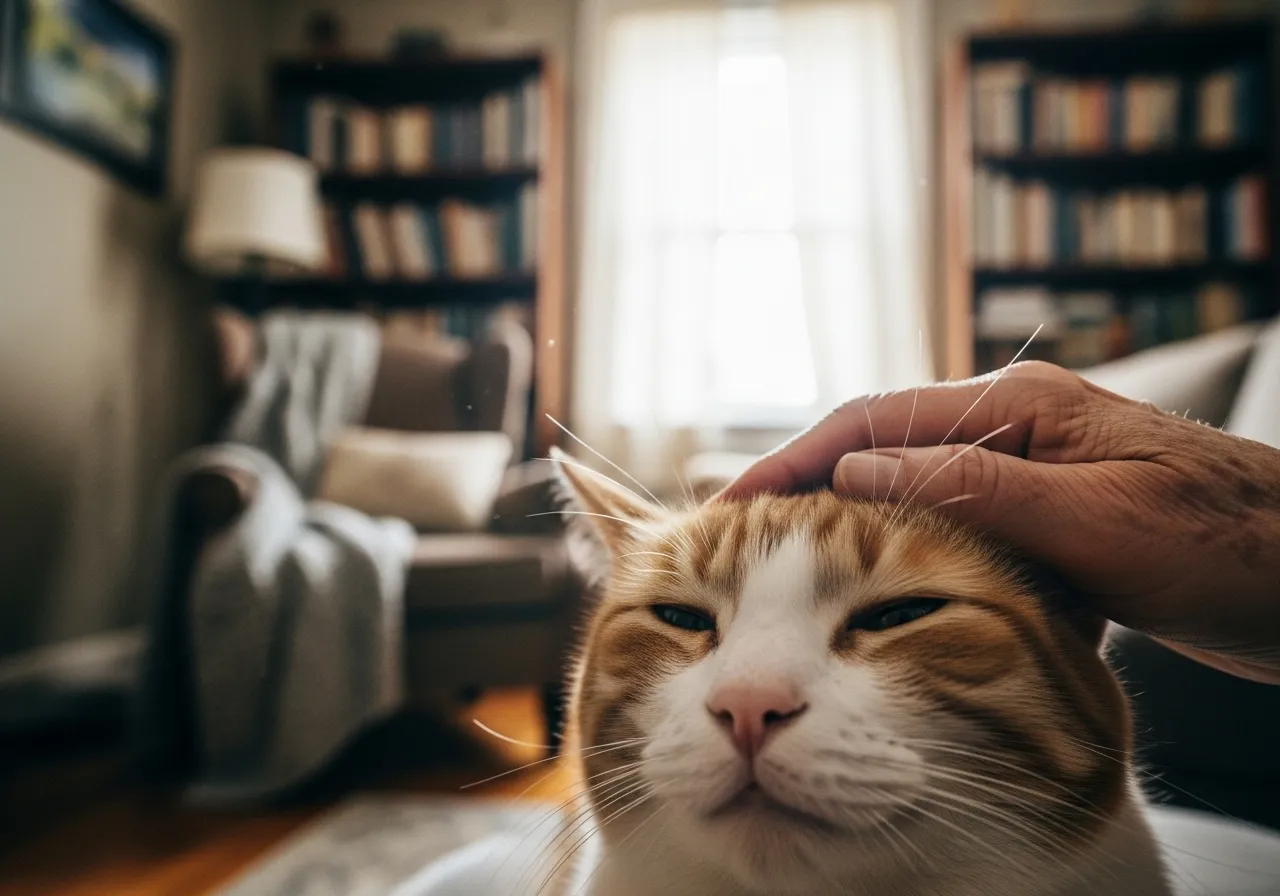
Special Considerations for Senior Pet Owners and Their Companions
The bond with a senior pet is a uniquely precious thing. For owners over 50, a mature animal can be a perfect match in energy and lifestyle. However, as our pets age, their needs and behaviors can change, sometimes leading to an increase in clinginess for reasons that are very different from those in a younger animal.
When Clinginess is a Symptom
A sudden increase in attachment in an older pet should always prompt a call to your veterinarian. It can be a sign of underlying medical issues. Sensory decline is a common culprit. A dog that can no longer see or hear well may stick closer to you for reassurance and guidance. They rely on you to be their eyes and ears, and your physical presence helps them feel secure in a world that has become confusing.
Another possibility is Canine Cognitive Dysfunction (CCD), which is similar to dementia in humans. Dogs with CCD can become disoriented, forget their training, and show increased anxiety, often manifesting as a new or intensified need to be near their owners. While there is no cure for CCD, your veterinarian can suggest medications, supplements, and management strategies to improve their quality of life.
Adapting Your Home and Routine
Comfort and predictability are your best friends when caring for an anxious senior pet. Small adjustments can make a big difference in their sense of security.
Mobility Aids: If arthritis or joint pain makes it hard for them to get up and follow you, they may become anxious. Provide orthopedic beds in several rooms so they always have a comfortable spot near you. Ramps can help them get onto a favorite sofa or into the car, reducing their frustration and dependence on you to lift them.
Consistent Schedules: Senior pets, especially those with cognitive decline, thrive on routine. Try to keep feeding times, walks, and bedtime as consistent as possible. This predictability helps reduce their overall anxiety.
Low-Impact Enrichment: An old dog may not be up for a game of fetch, but their brain still needs exercise. A snuffle mat, a gentle walk where they are allowed to sniff as much as they want, or a simple “find the treat” game are wonderful ways to provide low-impact mental stimulation. These shared activities also strengthen your bond in a calm, positive way.
Patience and compassion are paramount. Your senior pet isn’t being demanding; they are communicating their needs in the only way they know how. By adapting to their changing world, you can ensure their golden years are filled with comfort, love, and security.














